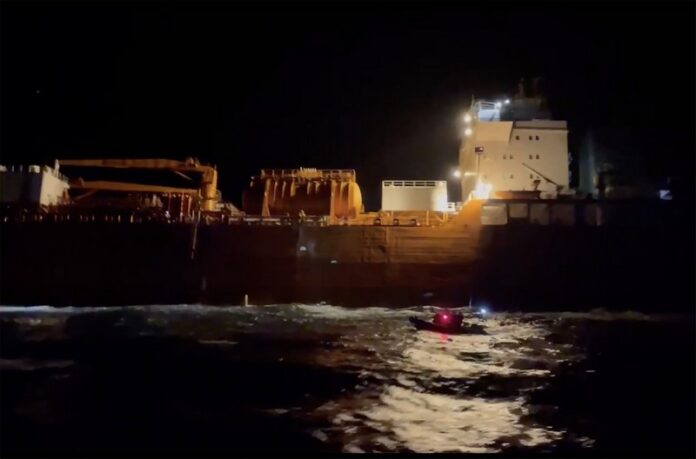
NSRI welcomes Starlink’s commitment to South Africa – a breakthrough for offshore rescue communication.
The National Sea Rescue Institute (NSRI) has welcomed recent news that Starlink plans to expand its operations and infrastructure investment in South Africa, signalling a potential breakthrough for maritime search and rescue communication.
The announcement, reported by TechCentral, outlines a R2.5 billion local investment and specifically mentions plans to work with the NSRI to equip rescue vessels with Starlink connectivity.
A game-changer for sea rescue communication
South Africa’s coastline stretches nearly 3,000 kilometres, featuring large areas of remote waters. During rescues in such isolated locations, NSRI rescue crews, who are all unpaid volunteers and often operate beyond the reach of land-based or mobile networks, frequently face communication issues that can be limited or completely cut off.
Maintaining reliable communication between vessels and rescue bases, as well as with partner rescue services, is one of the biggest challenges in maritime rescue. Communication breakdowns can delay response times, hinder coordination, and increase risk for both rescuers and those in distress.
Starlink’s low-latency satellite network offers the potential to bridge this gap. The system will enable high-speed, stable broadband connectivity for NSRI vessels, allowing for live communication between crews and the NSRI’s Emergency Operations Centre, wherever the rescue vessels are.
Connectivity that can save lives
Access to real-time voice, data and imagery from remote rescue zones would dramatically enhance coordination, navigation and medical decision-making. It would also improve crew safety by allowing continuous tracking of vessels and the transmission of vital situational information back to command teams on land.
NSRI Chief Executive Officer, Mike Vonk, said the progress toward bringing Starlink to South Africa represents an important milestone for marine rescue readiness.
“When our volunteers are operating far offshore in difficult conditions, every second of communication matters,” said Vonk. “Starlink’s technology will help ensure that our crews remain connected during the most complex and time-critical rescues, improving their safety and, ultimately, saving lives.”
Reliable satellite connectivity would not only support rescues but also strengthen crew training and coordination between rescue bases. It could serve as a communication platform for safety education and outreach in remote coastal communities, and as a resilient backup during terrestrial network outages caused by severe weather or infrastructure failures.
In 2024, the NSRI expressed its support for Starlink’s introduction to South Africa, recognising its potential to improve emergency communication nationwide. The renewed commitment brings that vision significantly closer to reality.
Looking ahead
“The NSRI’s mission has always been to save lives on South African waters,” added Vonk. “Reliable communication is central to that mission. The progress being made to bring Starlink to South Africa is encouraging, and we look forward to working with Starlink, government and local partners to integrate this technology safely and sustainably into our operations.”
As South Africa’s trusted maritime rescue organisation, the NSRI believes that improved connectivity at sea will not only strengthen national rescue capability but also enhance safety for all who live, work and travel along the country’s coastline.

